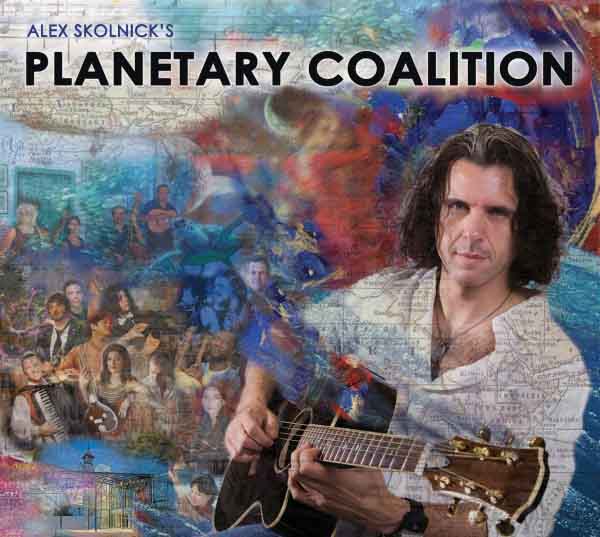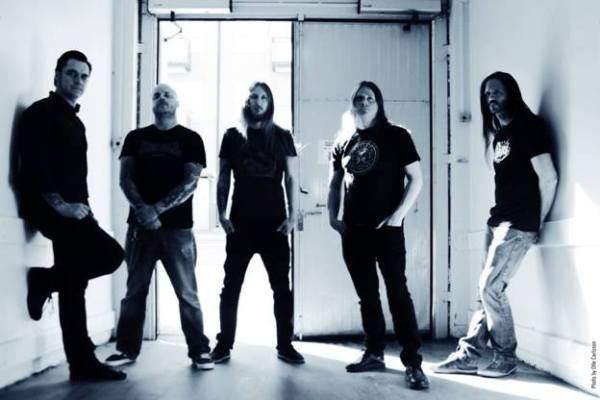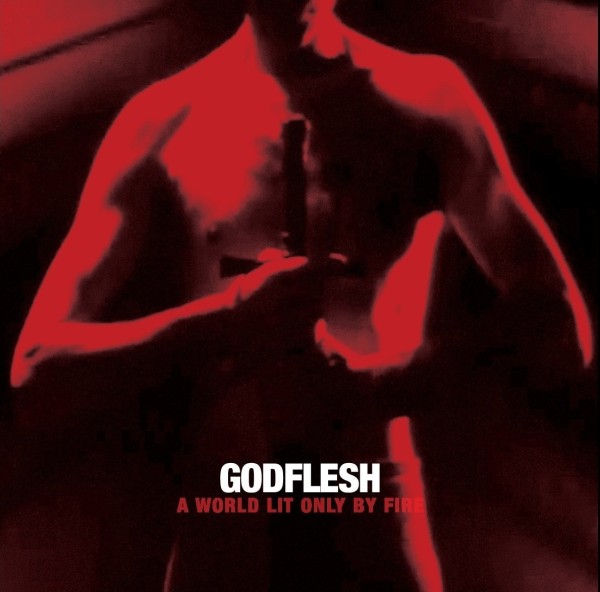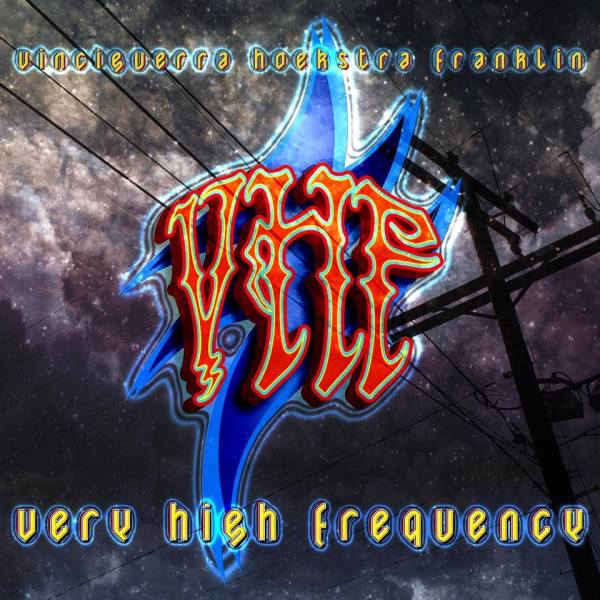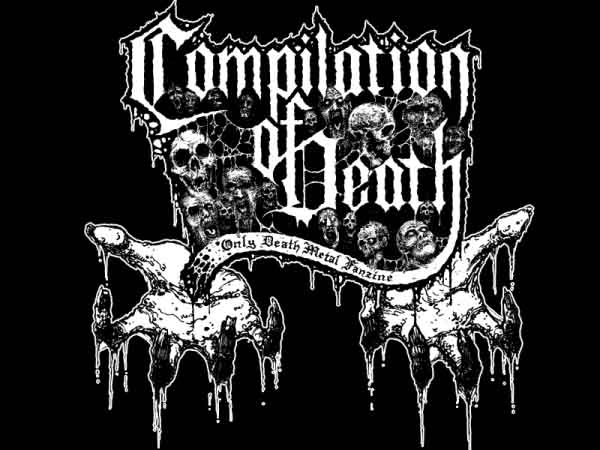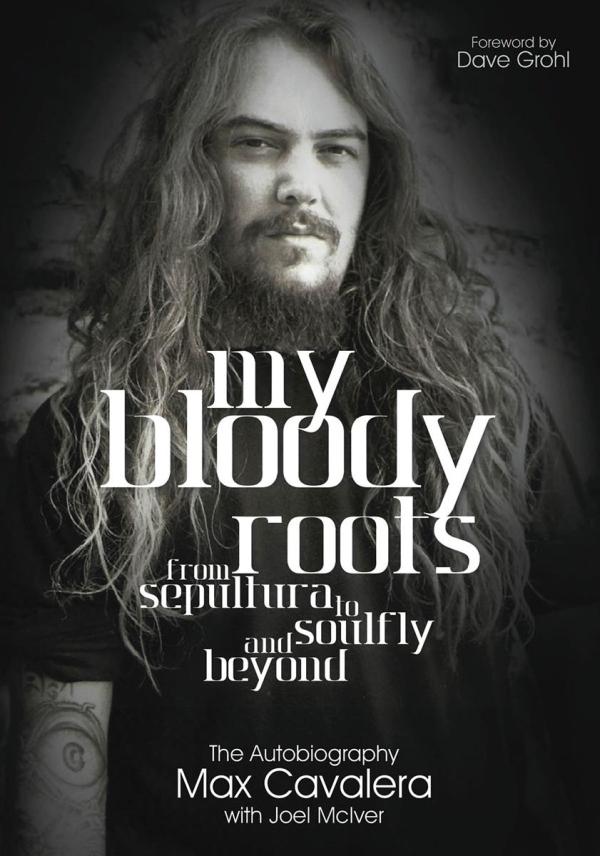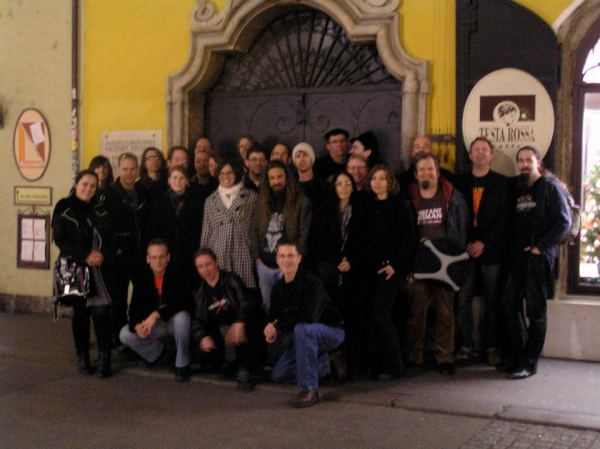Since this is a metal site, most of us know Alex Skolnick from his emotional and virtuostic guitar leads on Testament albums; in my view, he gave The New Order the power it needed to rise above being another speed metal band by creating solos that resonated and amplified the emotion in the riffs and vocals.
Years go by and guitarists find themselves in need of new pursuits. Skolnick has since created jazz with his Alex Skolnick Trio and participated in a wide range of other projects, but now he takes an acoustic guitar approach to world music in a style reminiscent of Paco de Lucia with more alertness to contemporary music. He tackles multiple traditions from music around the world with a combined classical/jazz approach which accentuates the subtleties of the music and add texture of melodic activity.
Joined by a wide range of performers including Rodrigo y Gabriela to Kiran Ahluwalia, Adnan Joubran, Pablo Aslan, Horacio “El Negro” Hernandez and more, Skolnick shadows these songs with fast acoustic playing that tackles a dozen or more styles from flamenco to Middle Eastern and combinations of the above, incorporating local instruments and styles in addition to the talents of multiple vocalists. The album basically splits between an instrumental portion and a vocal-driven portion.
Like most world music albums, Planetary Coalition sticks to recognized song forms and melodies that clearly communicate their place of origin and give him a chance to improvise alongside the relatively well-known tunes. Many of them are not known as songs per se so much as archetypes from movies and tourist documentaries that find a type of national sound and explore its tropes, which gives Skolnick a starting point to build on those familiar melodies and amplify the internal dialogue of these songs. He shines most on the instrumentally dense songs such as “Taksim Square,” “Negev Desert Sunset,” “Return of the Yi People” and “Sleeping Gypsy.” For those who are not world music devotees, or planning to use this album as a sort of musical coffee table book to show their SWPL awareness of the vast diversity of earth’s cultures, these songs are where Skolnick shines and shows how he can adapt to a different voice and make it his own.
As an introductory album, Planetary Coalition does quite well but stops short of showing Skolnick’s compositional range. Because it emphasizes a collage of cultures and styles, and thus sticks to the clearly identifiable as a means of communicating that, it ends up in the kind of world music background sound position that much of its audience will expect. That is a shrewd move for Skolnick who seems to be attempting to be accepted first, and then to build on that legacy, as any smart musician would given this opportunity. In an album of all-stars, he finds a place to shine in later tracks, leaving me wishing that he would do more of those, and hoping that the second album will showcase more of his power in his own style even as he pays tribute to the many great voices worldwide who contribute to human music as an ongoing adventure.
5 Comments